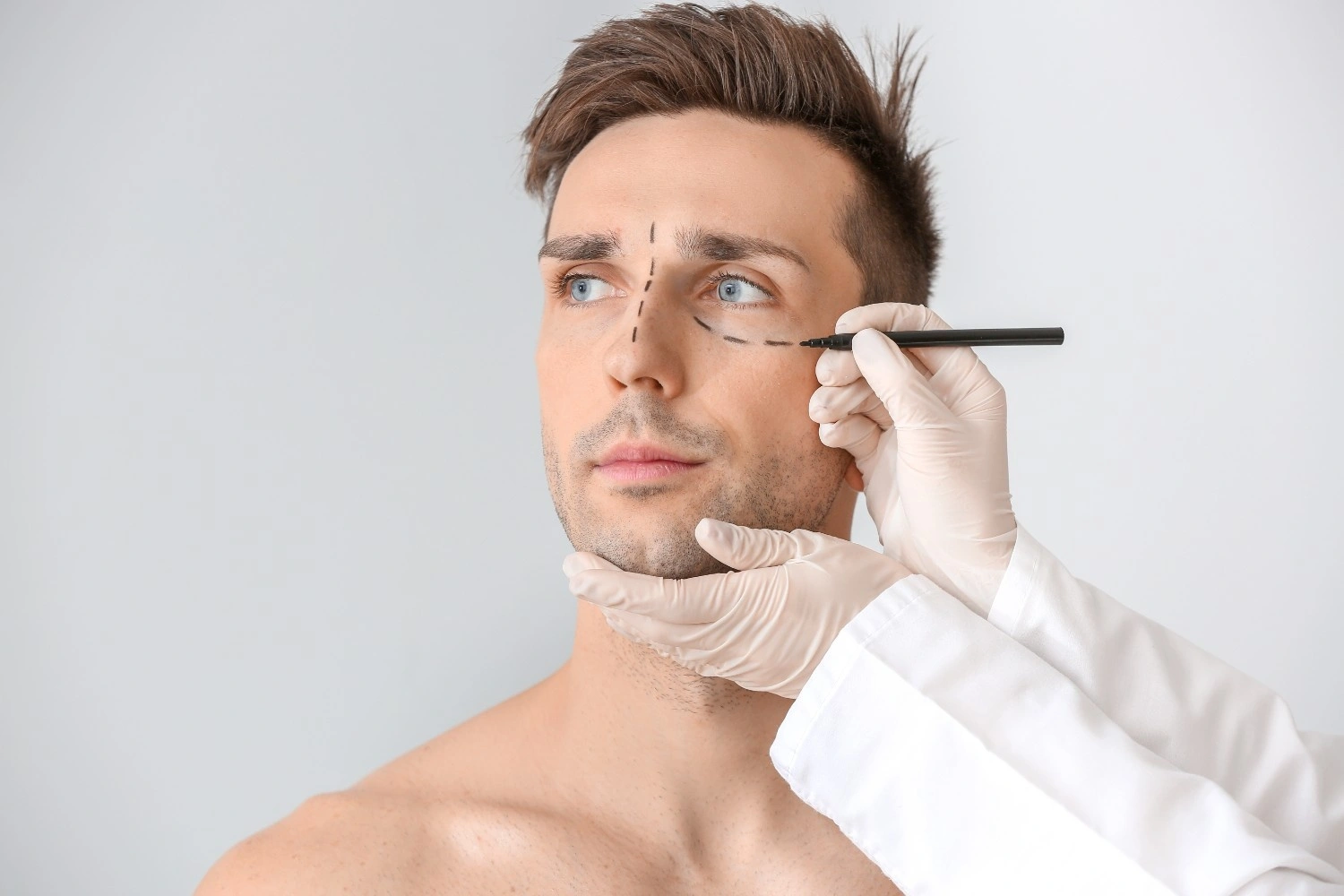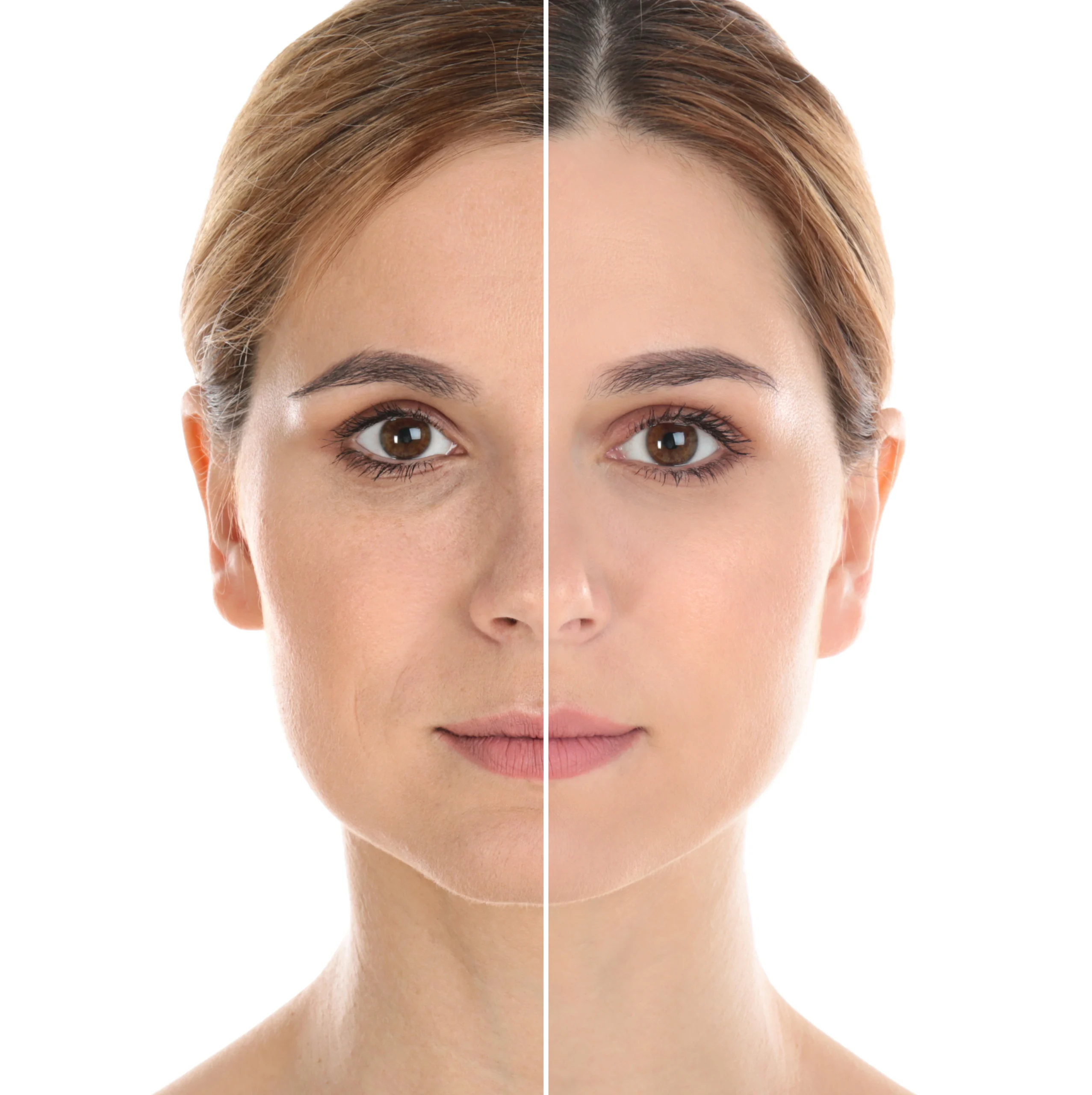Table of Contents
Rhinoplasty, most known as a nose job, is a popular cosmetic procedure that seeks to enhance the looks of the nose. Whether you’re considering rhinoplasty for aesthetic or medical reasons, it’s important to understand that this procedure has limits.
In this article, we will explore the boundaries of rhinoplasty, discuss what it can and cannot achieve, and help you make an informed decision if you’re contemplating this transformative surgery.
The Aesthetic Potential of Nose Job (Rhinoplasty)
Rhinoplasty is primarily known for its ability to improve the appearance of the nose. It can address many aesthetic concerns, including reducing the size of a prominent nose, refining the nasal tip, straightening a crooked nose, or even correcting asymmetry.
Skilled plastic surgeons can help patients achieve facial harmony and boost their self-confidence by reshaping and sculpting the nose.
Improving Breathing Function
While rhinoplasty is often considered a cosmetic procedure, it can also be performed for medical reasons. Functional rhinoplasty aims to correct structural issues within the nose that impede proper breathing.
These issues can result from congenital disabilities, injury, or medical conditions, and rhinoplasty can significantly improve airflow and overall nasal function.
The Limits of Aesthetic Transformation
Realistic Expectations
It’s crucial to have realistic expectations when considering rhinoplasty. While this procedure can create remarkable improvements, it cannot guarantee perfection or replicate the nose of a celebrity or model.
The outcome of rhinoplasty is influenced by factors such as your existing nasal structure, skin thickness, and the skill of your surgeon.
Ethnic and Anatomical Limitations
Rhinoplasty is not a one-size-fits-all procedure. Different ethnicities have distinct nasal features, and preserving cultural identity is essential in rhinoplasty. Surgeons must respect and maintain these unique characteristics while making improvements.
Additionally, some anatomical limitations exist, and radical changes may only be feasible with compromising nasal function or aesthetics.
Functional Limits of Nose Job (Rhinoplasty)
Breathing Improvement vs. Perfection
While functional rhinoplasty can improve nasal airflow, it may not be the kind of thing that provides perfect breathing.
Severe structural issues or underlying medical conditions can limit the extent of improvement achieved through surgery. It’s important to discuss realistic goals with your surgeon before undergoing this procedure.
Risks and Complications
Rhinoplasty Isn’t Without Risks
Like any surgical procedure, rhinoplasty carries inherent risks and potential complications. These can include infection, bleeding, scarring, and anesthesia-related issues.
Moreover, the results may differ from what is expected, leading to dissatisfaction. To minimize these risks, choosing a board-certified plastic surgeon with definite experience in rhinoplasty is crucial.
Unpredictable Healing
Healing after rhinoplasty is gradual, and the outcome may not be apparent immediately. Also, expect swelling and bruising to persist for several weeks, and the nose may change in shape over time.
While most patients achieve satisfactory results, some individuals may experience unexpected alterations during healing.
Post-operative Limitations and Maintenance
Long-Term Maintenance
Rhinoplasty is not a permanent solution. The nose will continue to age, and the surgery results may evolve. As such, some patients may require revision rhinoplasty to maintain or refine their appearance.
Proper post-operative care and follow-up appointments are also crucial to ensure optimal healing and long-term results.
Scarring
While rhinoplasty typically involves incisions hidden inside the nostrils, there may still be minimal scarring. In rare cases, particularly when open rhinoplasty is performed, visible external scarring may occur.
However, experienced surgeons take great care to minimize scarring and make incisions as inconspicuous as possible.
Psychological Considerations
Rhinoplasty and Self-Esteem
Rhinoplasty can have a profound impact on a person’s self-esteem and self-image. However, it’s essential to recognize that external changes do not necessarily lead to internal happiness or solve underlying emotional issues.
It’s advisable to seek counseling or therapy if you have concerns about body image or self-esteem before undergoing rhinoplasty.
Are You an Ideal Candidate For Nose Job (Rhinoplasty)?
Is rhinoplasty right for you? Dr. Lazzaro considers anyone dissatisfied with their nose and has realistic expectations to be a suitable candidate. This includes individuals as young as 14-16 years old and above.
What To Do After Rhinoplasty Treatment?
It is essential to communicate with Dr. Lazzaro. He will give thorough pre-and post-operative instructions covering everything from food restrictions to activity limitations to wound care.
When Can You Expect to See Nose Job (Rhinoplasty) Results?
If you’re eager to see the results of your rhinoplasty, you won’t have to wait too long. Once the splint is removed, initial changes become noticeable around five to seven days after the surgery. However, your nose’s final, fully developed appearance may take six months to a year to become apparent.
The Longevity of Rhinoplasty Results
One of the great benefits of rhinoplasty is that its results are typically long-lasting, often bordering on permanent. The nose’s final appearance stabilizes between six months and a year after the surgery, offering you a lasting transformation.
What About Downtime and Side Effects After Nose Job (Rhinoplasty)?
Are you concerned about downtime and potential side effects post-rhinoplasty? Rest assured that the recovery process is quite manageable. You may experience peak swelling and bruising within 48-72 hours after the procedure.
However, post-operative discomfort is minimal due to the presence of nasal packing. Most patients return to their usual activities within days. However, do note that avoiding strenuous tasks for a few weeks is advisable to ensure a smooth recovery.
Making an Informed Decision
Rhinoplasty, or nose operation, offers substantial aesthetic and functional benefits but has limitations. Understanding these limits and having realistic expectations is essential when considering this transformative procedure.
If you’re still thinking about rhinoplasty, consult a board-certified plastic surgeon who can assess your needs. Of course, they can guide you with the ‘right and just’ process.
At Aestique Plastic Surgery, we have a team of experienced surgeons dedicated to helping you achieve your aesthetic and functional goals.
Book an appointment with us here at Aestique Plastic Surgery to explore your options and discuss how rhinoplasty can benefit you while ensuring you understand its limitations clearly.
Your satisfaction and well-being are our top priorities. You can also check out our other treatments, like fat transfer or otoplasty.




